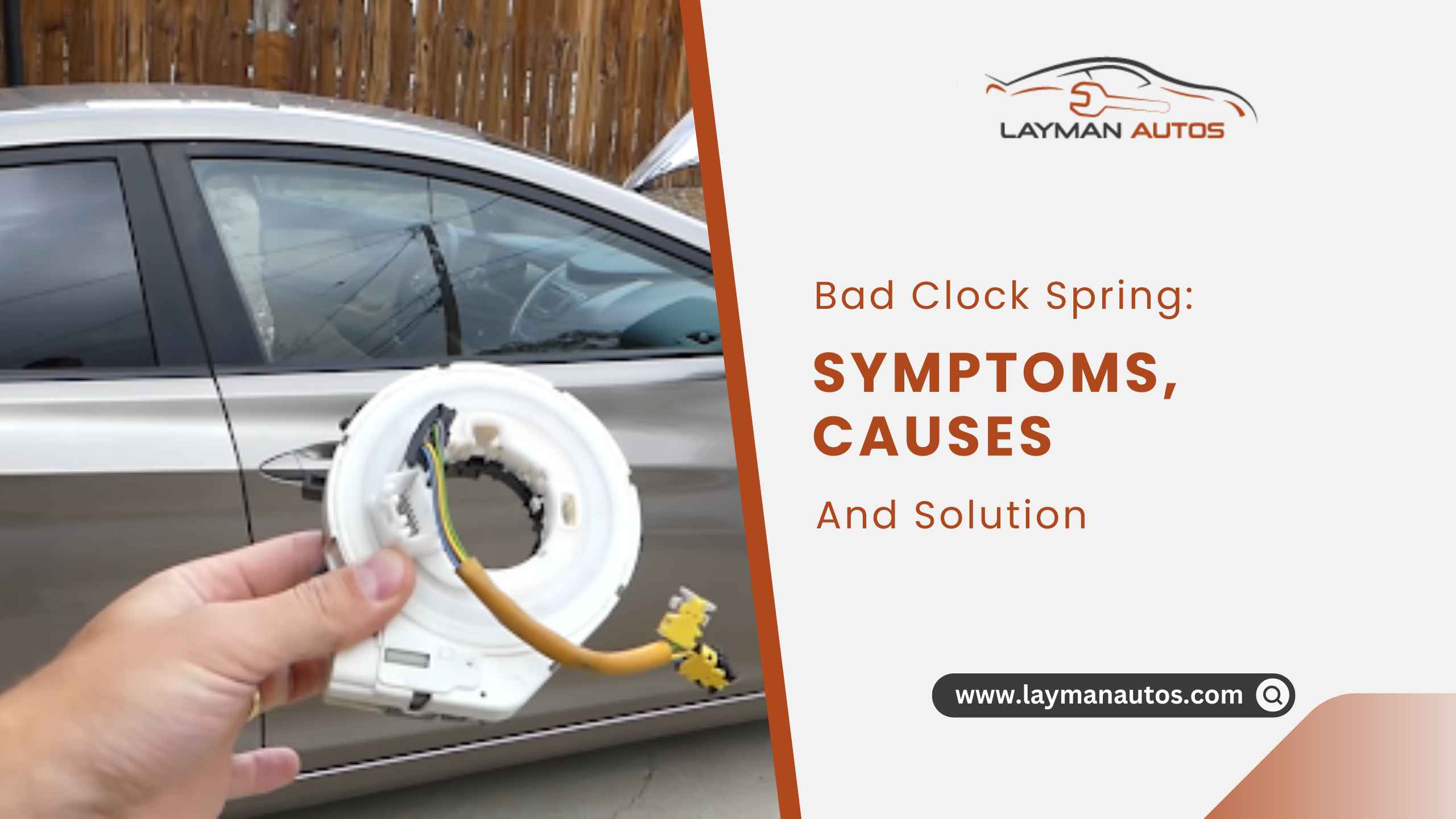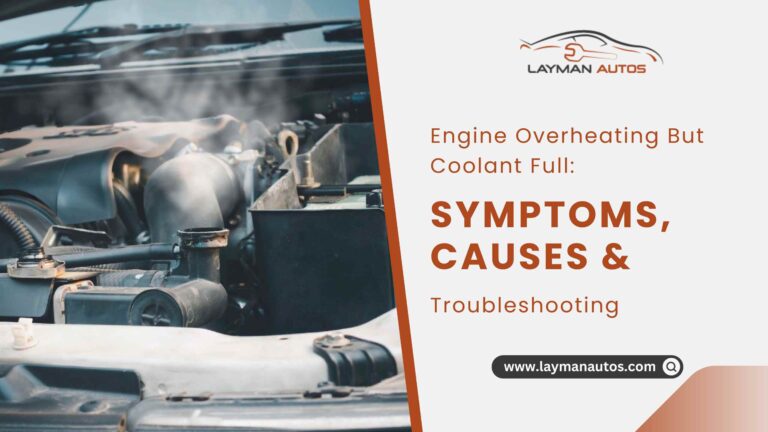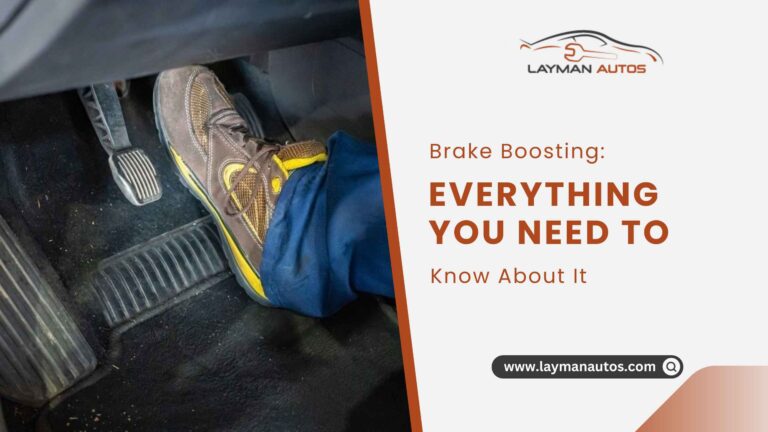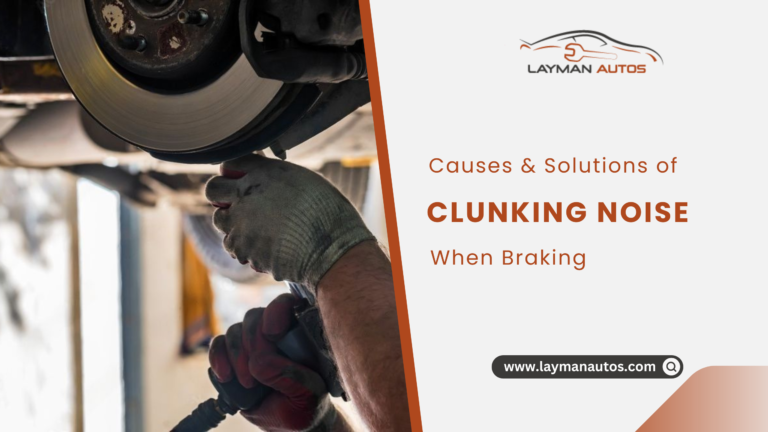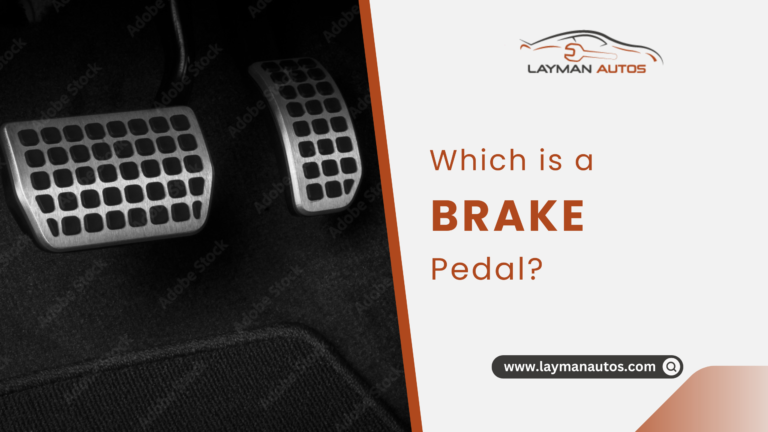A Guide to Bad Clock Spring Symptoms, Causes, and Solution
Eventually, the wear and tear of a vehicle’s engine and other components will become noticeable, especially if the vehicle has a high number of miles driven. Wear and tear over time can cause the breakdown of a wide variety of vehicle parts, each of which is meant to perform an essential function. While such breakdowns are annoying, they are unfortunately inevitable if you own a car.
There are a variety of issues that might arise from a broken clock spring in your vehicle. Common bad clock spring symptoms include the airbag warning light being on, the horn not working, the turn signals not working, and the power steering not working. Replacing a clock’s spring can cost anywhere from $100 to $1,000.
Many car owners are aware that eventually, they will have to replace their vehicle’s suspension and braking system due to normal wear and tear, but they often forget about the effective service life associated with other parts. Until they cause serious problems, drivers may not even think about these parts being on their vehicles.
The clock’s spring is a crucial but often disregarded part. This crucial part is crucial to the operation of modern electronic devices. When it’s on the verge of breaking, can cause just as many problems. There are many bad clock spring symptoms, and you can find out what they are by reading on.
What Is a Clock Spring?
Clock springs consist of an extendable and retractable assembly of flat-ribbon spiral cable, which allows for the continued operation of the clock’s circuitry. These kinds of tools are used whenever the circuit’s wiring needs to be relocated frequently. In such a setting, the wiring of any other configuration would quickly deteriorate.
Several electronic auto extras can be controlled by a mobile device and are assisted by a clock spring. To put it plainly, a clock spring can be made to lengthen or shorten as required by a dynamic circuit. Presently, this is most commonly seen in the layout of a brand-new steering wheel for a car.
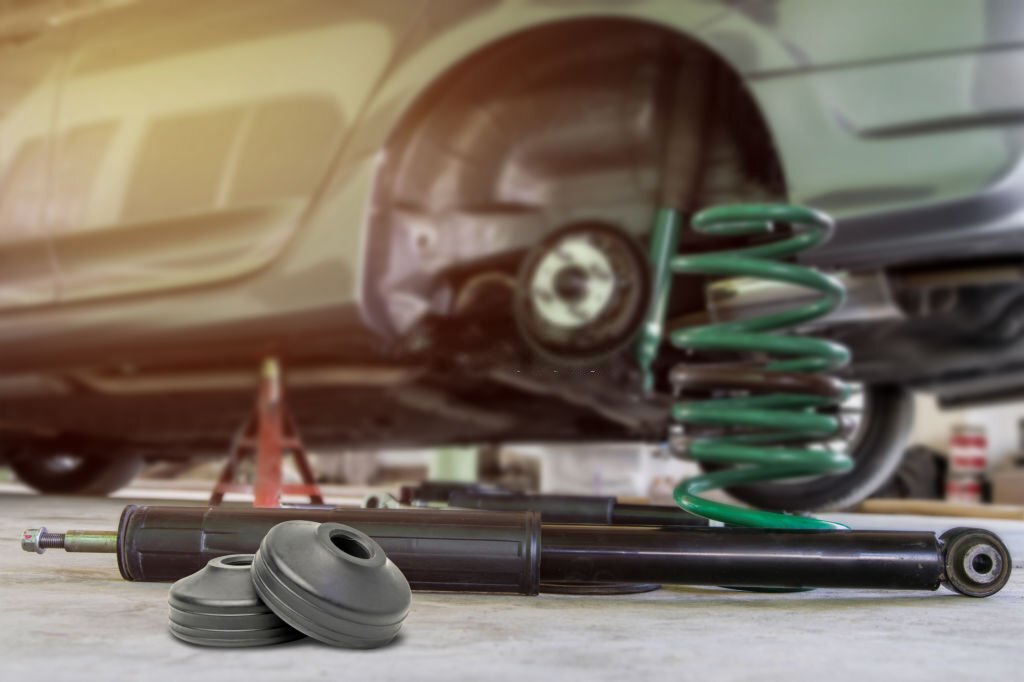
Clock springs are installed in vehicles between the steering column and the wheel. In this way, several functions that are activated by turning the steering wheel can continue to function normally even when the wheel is constantly being turned.
The horn, radio buttons, and cruise control are three of the most notable features. The clock spring also powers the airbag on the driver’s side of the car.
What Causes a Clock Spring Failure?
The clock spring breaking in a car is usually just the result of regular use and age. Since the ribbon of wires in a clock spring sways with each rotation of the steering wheel, it follows that clocks are sensitive to steering movements.
There will inevitably be some level of deterioration because of this. There is no way to stop the wear from getting worse until it causes failure. Any time the steering linkage of a vehicle is severed, the steering wheel can over-rotate, causing the clock spring to break.
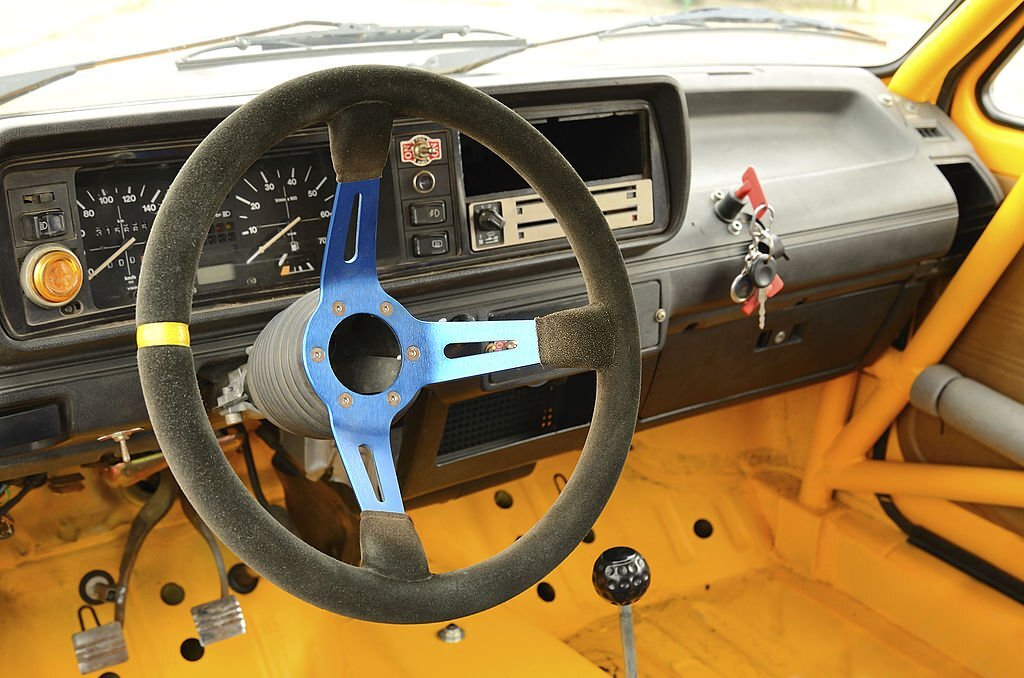
Generally, the turning radius of a vehicle’s wheels will dictate the maximum amount the steering wheel can turn. A vehicle’s steering wheel is normally restricted to a small range of motion due to the presence of a steering linkage.
What does a bad clock spring sound like? A rubbing or clicking noise may be heard when you move the wheel if a clock spring is failing or has broken.
The clock spring will break if the steering wheel is turned more times than the clock permits. Clock spring replacement is required before resuming full electrical operation. A clock spring can break for a number of reasons. A broken wire is a common culprit. Over time, the clock spring’s central wire can wear out and break. Doing so can prevent the airbag from deploying normally by disrupting the electrical current.
Water Damage
Water damage is another common explanation for a malfunctioning clock spring. Having water get into the clock’s spring can lead to the wires corroding and eventually breaking. Further, water can cause the clock spring’s electrical components to short out, rendering the clock useless.
What About a Bad Clock Spring? Can You Still Drive?
A clock spring in need of replacement is not something you want to find out when you’re behind the wheel. This is because the clock spring in a car supplies power and ground to several vital safety features. One example is the airbag and horn found in a car.
Therefore, it may be unsafe to operate a car with a broken clock spring.
11 Bad Clock Spring Symptoms

There are several symptoms of a bad clock spring. How do you check a clock spring? Here are a few symptoms of a bad clock spring:
1. The Airbag Warning Light Is on
A lighted airbag warning light is one of the most typical indicators of a malfunctioning clock spring. As soon as the airbag warning light comes on, you know there’s something wrong with the clock spring. Incorrect operation of the clock spring will result in improper deployment of the airbag.
You may be certain that your vehicle is equipped with an airbag even if it is an older model with fewer or no controls on the steering wheel. When it comes to safety, the airbag is paramount. The computer in the car will display the airbag light on the dashboard if there is even the slightest problem, warning the driver of an impending malfunction.
Because even slight contact can trigger or deactivate the airbag in the event of an accident. Do the airbags work if the clock spring is broken? It’s not possible to give a simple response, because the airbag could go off even if there isn’t an accident. This highlights the need to investigate and promptly resolve the reason for the airbag warning light on the instrument panel.
2. Horn Not Working
The horn of the clock not working is another sign that the clock has a faulty spring. Activating the horn requires pressing a button on the steering wheel. When the horn button is depressed, the battery’s electrical charge is transferred via the clock’s spring and into the horn. Should the clock’s spring break, the electrical current would be disrupted, and the horn would not blow.
Finding and resolving the underlying cause of this issue should be a top priority. Even if you buy a new horn, it won’t work until you fix or replace the clock spring.
3. Turn signals are malfunctioning.
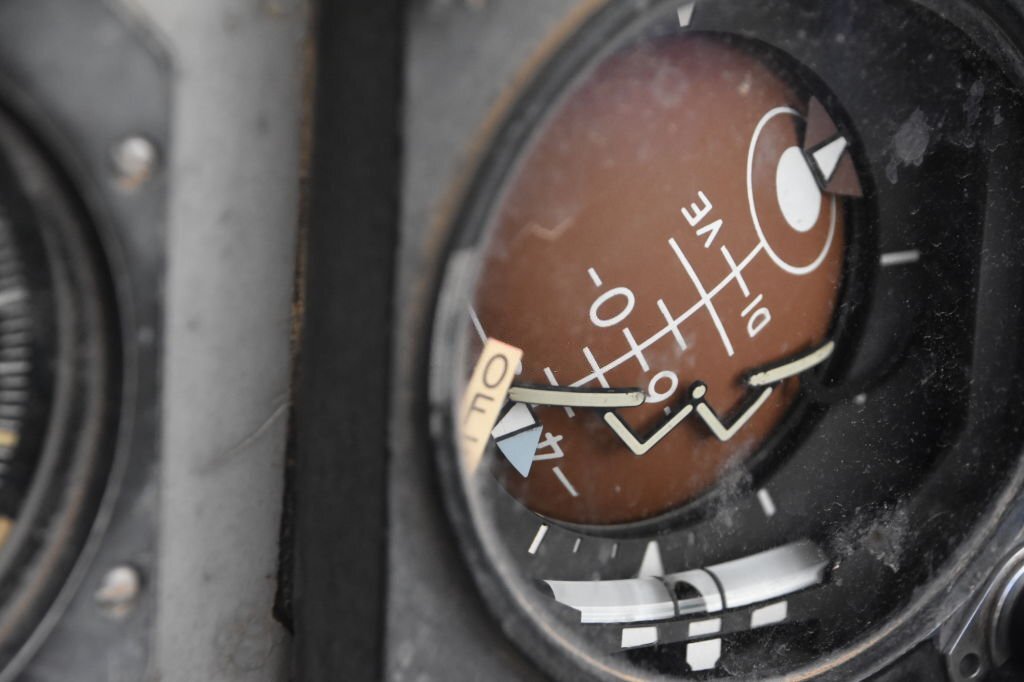
Broken clock signals are another evidence of a defective spring. It is the steering wheel switches that control the turn signals. The car’s turn signal lights (both front and back) receive power from these switches. Damage to the clock’s spring will cause an interruption in the electrical current and the signal lights will stop functioning.
4. Power Steering Problems
Issues with the power steering are another sign of a faulty clock spring. Hydraulic fluid is used by the power steering system to aid in wheel rotation. The hydraulic fluid is pumped from a reservoir to the steering rack. When the driver turns the wheel, the appropriate amount of fluid is sent to either the front or rear of the vehicle by the steering rack.
The clock’s electric pump will stop working if the clock spring breaks. Due to this, the power steering may break down.
5. Problems with Windows
A broken clock spring might also cause the windows to stop functioning. The controls for the power windows in a car are often situated on the steering wheel. When activated, these switches supply power to the window motors. To put it simply, the windows won’t open and the electricity won’t flow if the clock spring breaks.
6. Stereo Not Working
Failure of the audio system is another sign of a defective clock spring. Most current automobiles include audio controls on the steering wheel. When you flip one of these switches, electricity flows to the sound system. The stereo won’t play if the clock spring breaks since that would cut off the power supply.
7. Unresponsive steering wheel buttons
In many modern vehicles, the steering wheel itself serves as a control interface for many electrical systems. Cruise control, radio volume, phone buttons, etc., are all examples of such controls.

If any of these cease functioning, it’s probably because the clock spring unit is damaged or has failed entirely. If your clock’s buttons aren’t working, you can blame the clock spring.
However, if some buttons are working and others aren’t, try pressing the buttons in different positions on the steering wheel. You should check the clock spring if they function in any position of the steering wheel
8. Fuses blown
One or more of the fuses for the electrical components controlling the steering wheel may fail repeatedly if the clock spring were to go faulty. It often occurs when live wires in a circuit are moved, causing arcing between the grounded parts of the wires.
As soon as the wires in a live circuit begin to wiggle and arc off the ground, the fuses in the circuit will blow, protecting the vital parts from harm.
9. Weird rumblings coming from the wheel
Clocks with broken springs can make eerie noises as you turn the wheel. However, you may be wondering what the sound of a broken clock spring actually is. If your clock is making a grinding or rubbing sound, it may have a broken spring.
How do I know if I need a new clock spring? This weird sound from your wheels might be a major indicator.
Something about the broken clock spring making direct touch with the column of the steering wheel causes this. As you turn the wheel with a clock spring that isn’t quite in working order, the shattered pieces of the spring will rub against the column, causing unwanted resistance.
10. Traction control warning light
All systems, including cruise control, traction control, and the throttle, operate in tandem. The computer in the automobile will advise the driver through the dashboard warning light if the cruise control cable in the clock spring breaks.
It might be difficult to tell if a faulty clock spring is to blame for the activation of the electronic throttle and traction control warning light. If a problem occurs, it may be diagnosed by scanning and retrieving the stored error codes.
11. The steering wheel is belching smoke.
The smoke coming from the wheel might be the result of a broken clock spring. There is no pretty way to put it. Know you have a broken clock spring when steam begins to emerge from the steering wheel.
You’re probably asking, “Why all the smoke?” Where does it come from? The smoke steam results from electric arching within the steering column unit, brought on by the clock spring breaking. Light and little smoke will be produced initially. But the smoke will get worse as the arcing gets stronger.
In the event that my clock spring fails while I’m driving, will it be safe to do so? It’s quite risky to go behind the wheel of a car with a broken clock spring, especially if the smoke is coming out of the steering wheel. Depending on how bad it is, you could probably drive for a while while you recover. There is no good reason to do this. Fast action is needed to resolve the issue.
How To Fix A Bad Clock Spring?
You can do a few things to fix a broken clock spring after you’ve identified the problem.
Switching Out the Wires
Alternatively, you might start by switching out the wires that are embedded in the clock’s main spring. Because of the potential for these wires to break and disrupt the power supply, regular maintenance is required.
Change Out the Complete Clock Spring
Alternatively, you may change out the complete clock spring. As a result, you may rest assured that all of the electrical parts are functioning as they should. Last but not least, you can attempt to clean the clock’s spring with a brush and some degreaser. Any dirt or debris that may be affecting the clock spring can be eliminated in this manner.
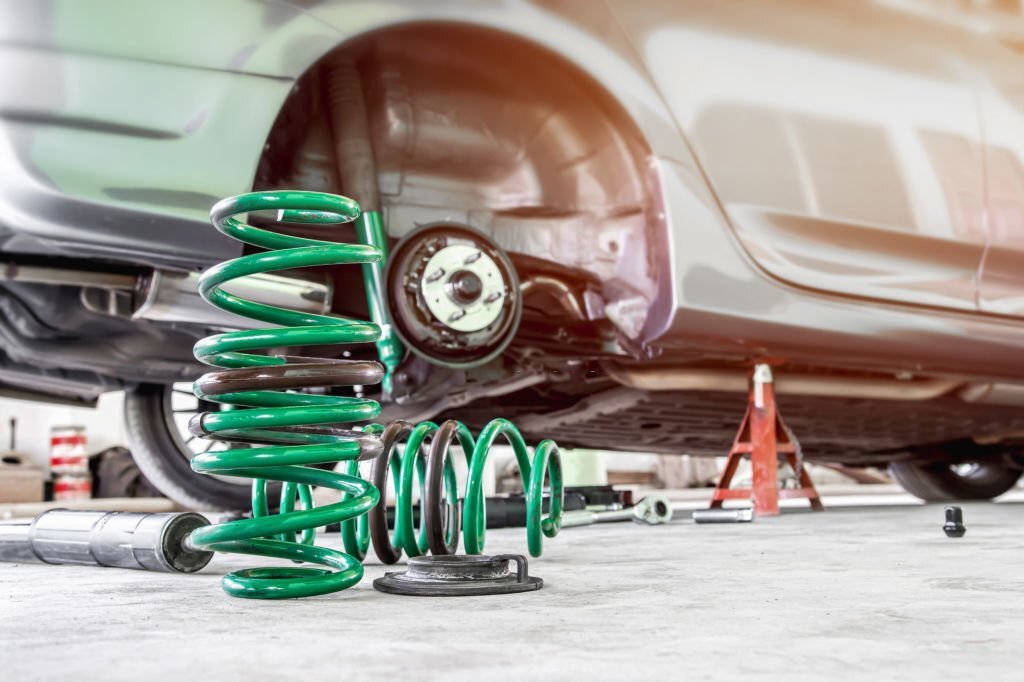
A clock spring replacement requires a few specific instruments.
- To begin, gather a screwdriver. The screws that secure the clock’s spring may be removed with the use of a screwdriver.
- Second, a tool to cut wires is required. The clock spring has wires running through it, and you’ll need to snip them with the wire cutter.
- Third, a degreaser and a brush are required. If the clock spring is rusty or rusted, you can use these supplies to clean it.
- After all that, a new clock spring is required. This part is widely available at auto parts retailers.
In most cases, a clock’s spring can be replaced in a few minutes. However, it is crucial to adhere to the instructions precisely so that the clock spring and the vehicle are not damaged.
The clock spring cannot be accessed until the screws holding it in place are first removed. This can be accomplished with a screwdriver. Next, you must sever the cables from the clock spring at its core. Wire cutters will do the trick here. If you cut the wires, you can get rid of the worn-out clock spring and get on with your life.
Now, just follow the included installation instructions to put in the new clock spring. Verify that there are no dangling wires and that all screws are securely fastened.
You can now make sure the new clock spring is functioning correctly by putting it to the test. Simply starting the car will activate the airbag warning light. If the clock’s light doesn’t turn on, the spring inside is probably fine.
Frequently Asked Questions
When a clock spring breaks, how much does it cost to fix?
If you need to replace your clock spring, be prepared to pay anywhere from $80 to $300. A new clock spring, however, will set you back anywhere from $50 to $500.
If you need a mechanic to change the clock spring, you may also have to factor in the cost of their time. A new clock spring can set you back anywhere from $100 to $1,000.
What is the Average Lifespan of a Clock Spring?
Clock springs have a long average lifespan, but this can be affected by a number of variables. Clock springs are designed to last the life of the vehicle they are installed in, but their durability is contingent on the quality of the components used in their construction.
The quality of the materials used is a major factor in the clock spring’s durability. There are a number of materials that can be used to make clock springs, but steel is by far the most common and long-lasting option. Steel clock springs are more durable and reliable than those made from other materials like plastic or aluminum.
The clock spring’s durability is also affected by how it was created. There are many different ways to make a clock spring, and some of them are more reliable than others. Welded clock springs, for instance, are more durable than their riveted or bolted counterparts.
Also influencing the clock spring’s durability is the frequency with which it is wound. Clock springs that are used infrequently can be expected to last longer than those that are used more frequently.
How to reset a clock spring?
The clock spring-housed steering angle sensor may be reset in two different methods. The primary approach is straightforward and needs no special equipment.
Get the car going and leave it idling. The wheel must be turned all the way to the right. Drive to the left by turning the wheel all the way to the left. Do this twice more while the car is running. You need to go at least 50 feet for the steering angle sensor to reset. This should clear the ABS and stability control warning lights and reset the clock spring and steering angle sensor.
Conclusion
Recognizing bad clock spring symptoms such as the airbag warning light, dysfunctional radio controls, or the need to turn the steering wheel for horn activation is crucial. If an issue arises, address it promptly, as a broken clock spring can compromise the airbag system. Repairs should be done by professionals due to potential labor costs.

